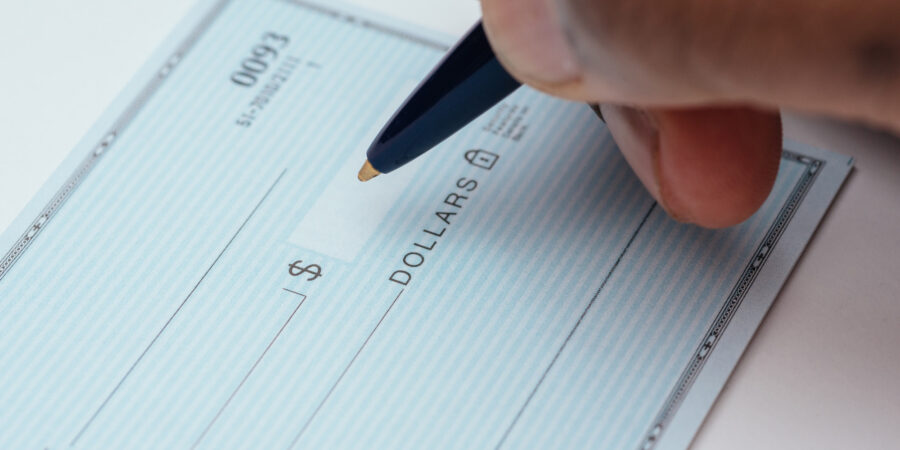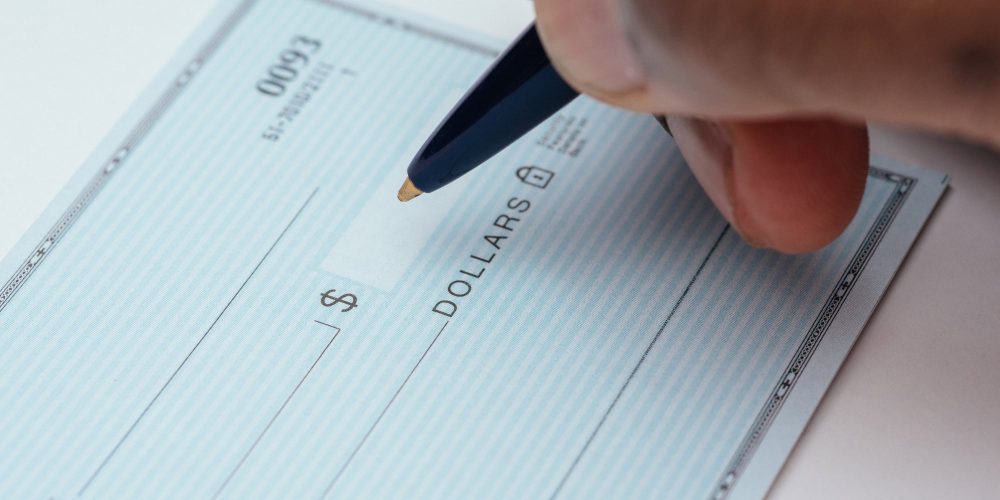Executive Order 14247, signed in March 2025, is going to change how nearly everyone pays and receives federal taxes. Starting September 30, 2025, the IRS and Treasury will no longer send refunds via paper check. The executive order also notes that federal tax payments via paper check will be discontinued as a phased elimination.
Here is wording from treasury.gov: “To support implementation of Executive Order 14247 and advance the federal government’s transition to modern, electronic payment and collection systems, the U.S. Department of the Treasury (Treasury) will begin a phased elimination of its lockbox services currently used by federal agencies. This initiative aligns with broader efforts to improve payment security, reduce costs, and increase operational efficiency across all agencies.”
That means the old days of waiting for a refund check in the mail are winding down. For most taxpayers, this won’t be a huge shift, as you’re likely already set up for direct deposit or paying through IRS Direct Pay (Individuals) the Electronic Federal Tax Payment System (EFTPS) (Individuals, Businesses, & Trusts). Still, there are steps to double-check so you don’t get caught scrambling.
| Key takeaways – After September 30, 2025, the IRS won’t accept or issue paper checks for most federal tax payments or refunds. – Set up or confirm your electronic payment and refund details with the IRS to avoid delays and penalties. – Limited exemptions are available, but they require documentation and IRS approval. |
What you need to do now in response to Executive Order 14247
1. Set up an electronic payment method
You’ll need a US bank account, debit card, credit card, or another approved digital method. If you don’t have one set up, this is the time.
2. Update your IRS account or make your payments on IRS Direct Pay
Log in to your IRS account and confirm your bank account details for both refunds and payments. If you use IRS Direct Pay, you don’t need to set up an account.
3. Switch if you still use paper checks
If you’ve been mailing in payments or waiting for paper refund checks, don’t wait until the deadline. Make the switch now to avoid delays. Provide your current banking details to your CPA, who can add them to your tax return when it’s time to file.
Why the U.S. government is using electronic payments
The federal government spends millions each year printing and mailing checks. According to the Treasury Department, switching to electronic payments can save over $1 billion in processing costs over the next decade. Electronic payments also reduce the risk of fraud; paper checks are far easier to steal or falsify than a direct deposit.
You may also be interested in: Don’t fear increased IRS enforcement–be prepared
What about exceptions?
Not everyone can access electronic banking. Executive Order 14247 leaves room for limited exceptions. If you qualify, you’ll need to apply by doing the following:
- Write a signed statement explaining why you don’t have access to electronic payment methods
- Provide supporting documentation, like a bank denial letter
- Submit everything to the IRS with your payment or correspondence
We expect more guidance from the IRS soon on exactly how to file for an exception.
Why it matters
If you have a refund coming your way and haven’t set up direct deposit, your money will sit with the Treasury until you do. That’s not the kind of surprise you want from the IRS.
Executive Order 14247 is one more push toward a digital-first tax system
For most taxpayers, the fix is simple: make sure your electronic payment details are set up and current before September 30, 2025. If you’re not sure where you stand, we can review your setup and make sure everything is in place.
You may also be interested in: The One Big Beautiful Bill: What it means for your taxes in 2025 and beyond

